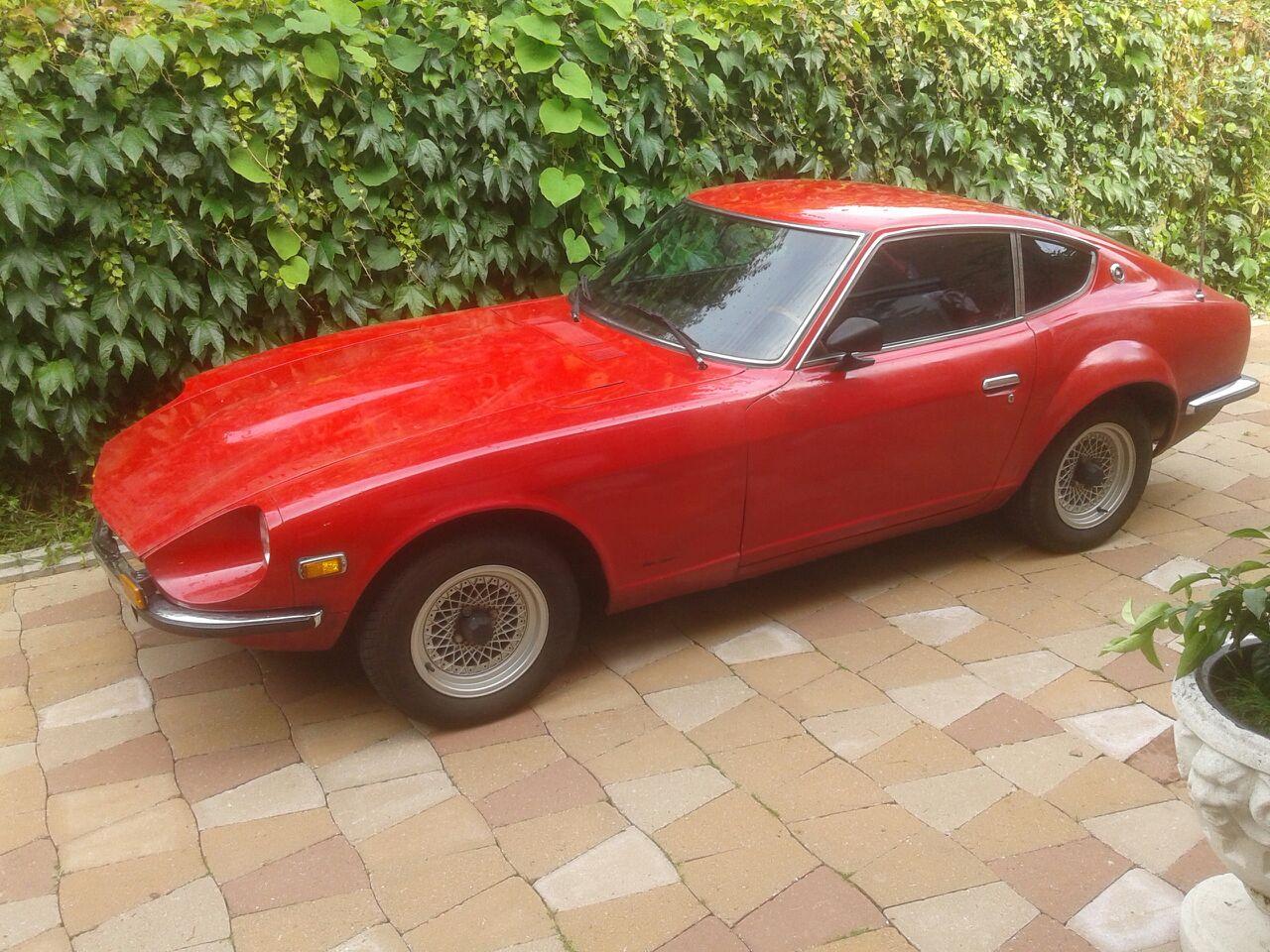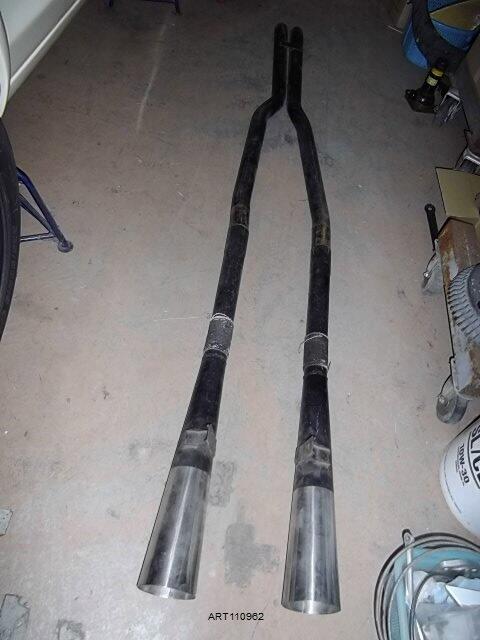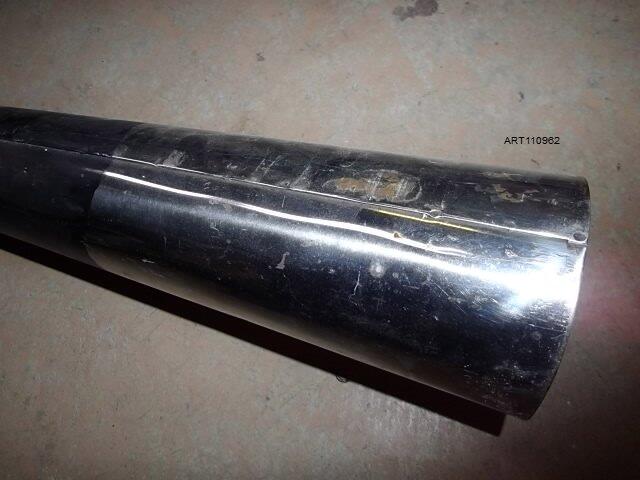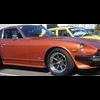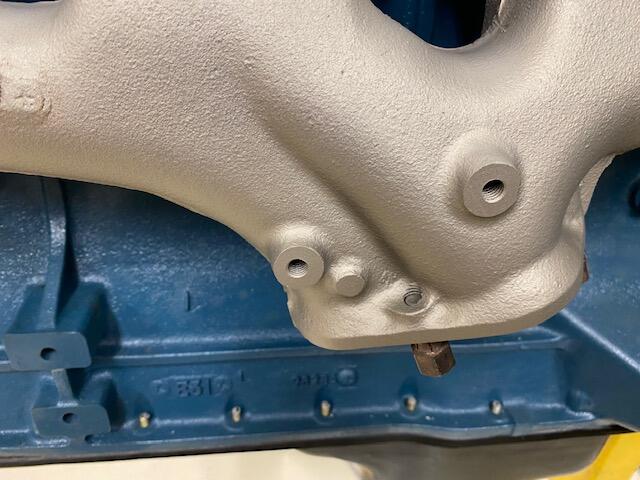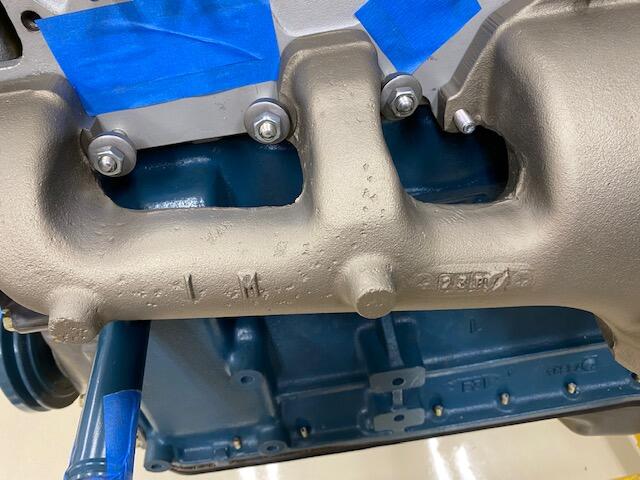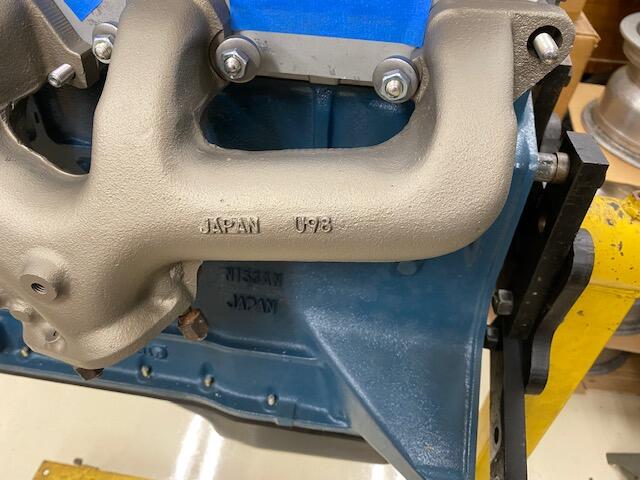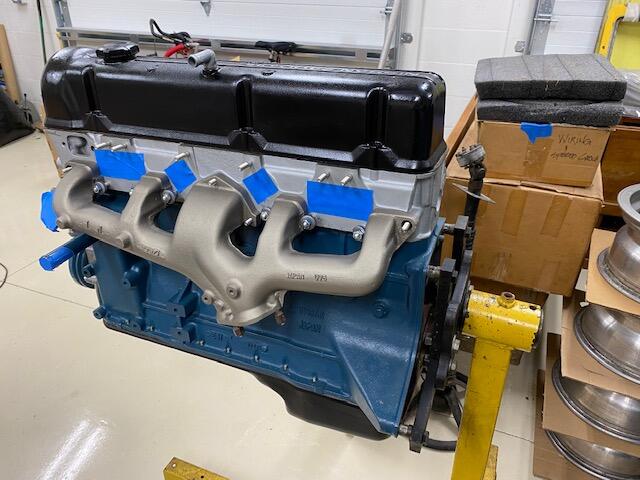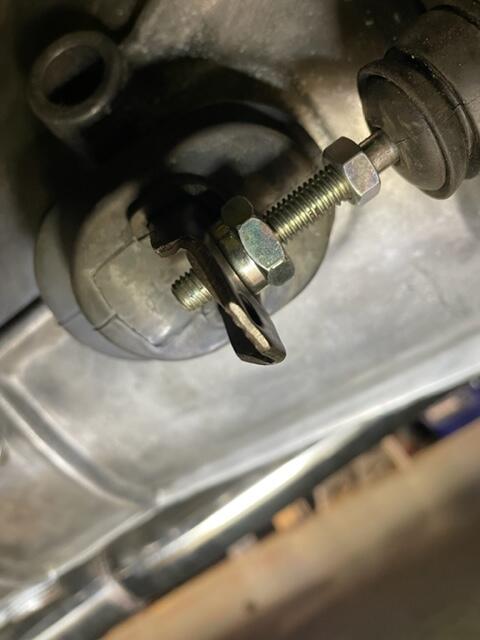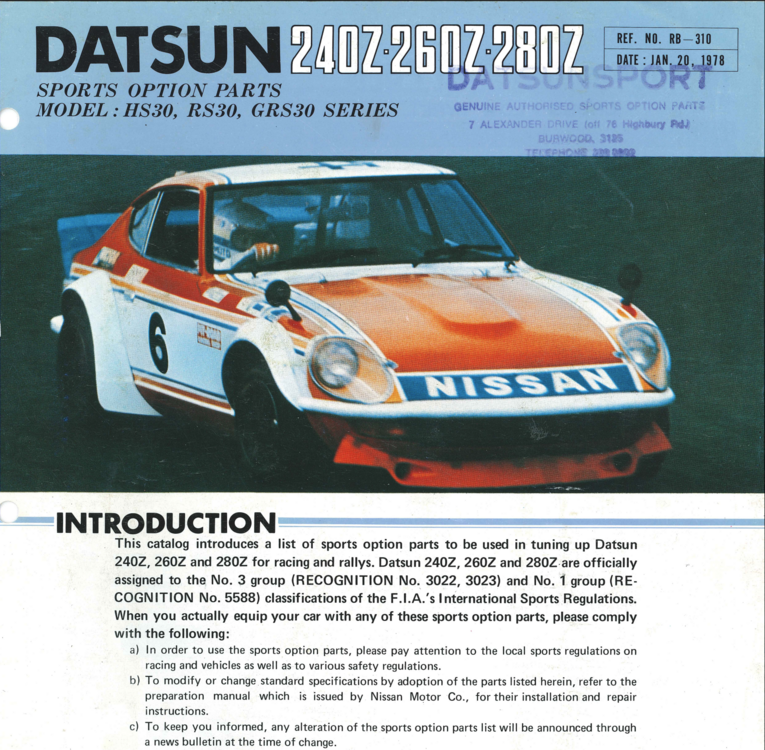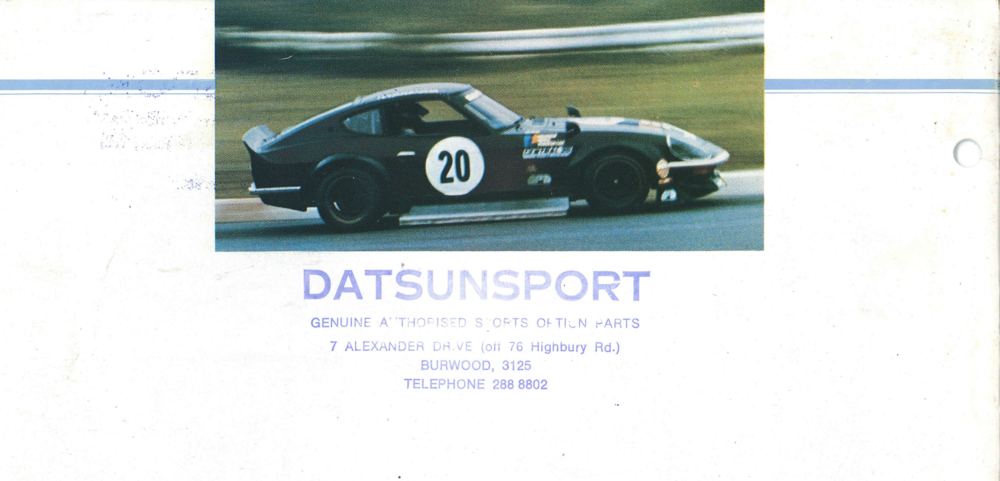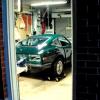Hi all, This weekend I finally got around to tracking down that last vacuum leak -- in the pneumatics of the HVAC control apparatus. (I had previously identified a leak through the vacuum line leading through the firewall from the vacuum solenoids or "magnet valves" -- righthand/passenger side of hood compartment.) The larger source of the leak was immediately apparent. In their infinite wisdom, Nissan put a splice in the vacuum line in the righthand/passenger dash area. It's shown in the factory service manual diagrams. It seems like that's just more to go wrong, but I'm sure there was an assembly line rationale behind the splice. In my own case, I had three splices, apparently from repairs by the previous owner. The tubing was starting to rot and had split over one of the splice connectors, then falling off. So I did a quick fix of the splice and found that I still had a vacuum leak. Not surprising. Anyway, I had to tear into the dash to track down the remaining leak and to replace old tubing with new. (Joy!) The center console on my '78 didn't come out as nicely as I had remembered on my '75, but I got it out. No leaks in any of the vacuum actuators in the system. The leak was definitely in the vacuum selector valve. It looked as though I could simply remove it from the bottom of the control assembly, but I wasn't sure. I figured I'd be better off taking the conservative approach and removing the entire control assembly before worrying about the vacuum selector valve. This gave me the opportunity to clean and lube it, but in hindsight I would have left it in place, only removing the vacuum selector valve. There are too many things to take loose and reconnect, and the assembly doesn't really come out without a bit of a fight. Once I had the vacuum selector valve out, I was able to confirm that, yup, it leaked. It seemed like a rather simple construction -- and was. It consists of two metal plates faced against each other, sealed with vacuum grease. The design of the valve is such that it vents air to the actuators to allow them to relax. The problem is that dirt is sucked into the valve and combines with the grease over time, eventually resulting in accumulated gunk that doesn't seal the two plates together very well. Anyway, the valve disassembles very easily. Just remove the little c-clip on the shaft, and the valve disassembles into 5 parts -- the two plates, the shaft, the clip, and a spring (on the outside of the assembly, pressing the plates together). There was a bit of scoring on mine from the dirt, but it was very minor. I just cleaned the two plates, lubricated lightly with silicone vacuum grease, and reassembled. Note that there is a recess in the middle, right around the shaft. I packed that recess with extra grease to feed out over time. In the original assembly process, Nissan had apparently not packed this area. After reassembling, to my delight, the assembly was vacuum-tight. I reassembled the whole mess, properly adjusting the cables, and found that the HVAC system worked perfectly and my engine had no remaining vacuum leaks. Yea! Here's what I would have done differently -- things that the factory service manual doesn't tell you: Rather than taking out the entire HVAC control assembly, I would have removed the vacuum selector valve from the bottom of the assembly. The cleaning/lubing of the remainder of the control assembly simply isn't important enough to go through the headaches of R&R. To do this, I recommend the following procedure, and I'd advise penciling it in on the appropriate page of the factory service manual (page AC-31 of my 1978 manual): (1) Turn the mode lever to "defrost" (far right position). (2) Remove the two screws retaining the vacuum selector valve, and remove through the bottom of the assembly (very easy). Be careful not to turn the two plates (also very easy). Note that the selector valve could install either the way you took it out or 180 deg turned. I'm pretty sure from the construction of the valve that it would make no difference how it is turned during reassembly. Note also that the drawing of the vacuum selector valve in the factory service manual is not accurate, at least on my car. The nipples are located in different positions. Perhaps there is more than one configuration of valve. (3) Note when you remove the valve that the top and bottom plates have alignment pointers on their outer radius. In the "defrost" position, these pointers should be aligned. At least that's how it is on my valve. Again, there may be different configurations. If the arrows don't align, then make your own alignment marks. (4) Disassemble, clean, re-lube, and reassemble valve. Use silicone vacuum grease or (silicone brake grease?). (5) Realign the plates using the alignment arrows. (6) Without rotating the plates, reinstall into the assembly, gently meshing the gears together. (7) Check the final alignment with the air selector lever now in the A/C position (far left). In this position, the S nipple should be completely vacuum tight, and the other three nipples should vent to the outside. I believe this is the only position where this would be true. One final note: One of my "magnet valves" is bad in the engine compartment. It is the primary one that evacuates the reservoir when the HVAC system is turned on. When the system is turned off, it is supposed to vent air back into the HVAC pneumatic system (note: edited as per below), thereby relieving the vacuum on the entire system. (There is a little filter on the bottom of the valve.) In my car, someone had bypassed that valve. I was worried that with a healthy vacuum and no leaks that the vacuum actuators might remain actuated when the system was turned off. However, the design of the vacuum selector valve does vent air back to the actuators when the system is off. I suppose the vacuum reservoir does hold a vacuum when the system is in the A/C position and the HVAC system is shut off. I presume that's not a problem. Anyway, I hope this posting saves someone a few headaches. Peace, Sarah
